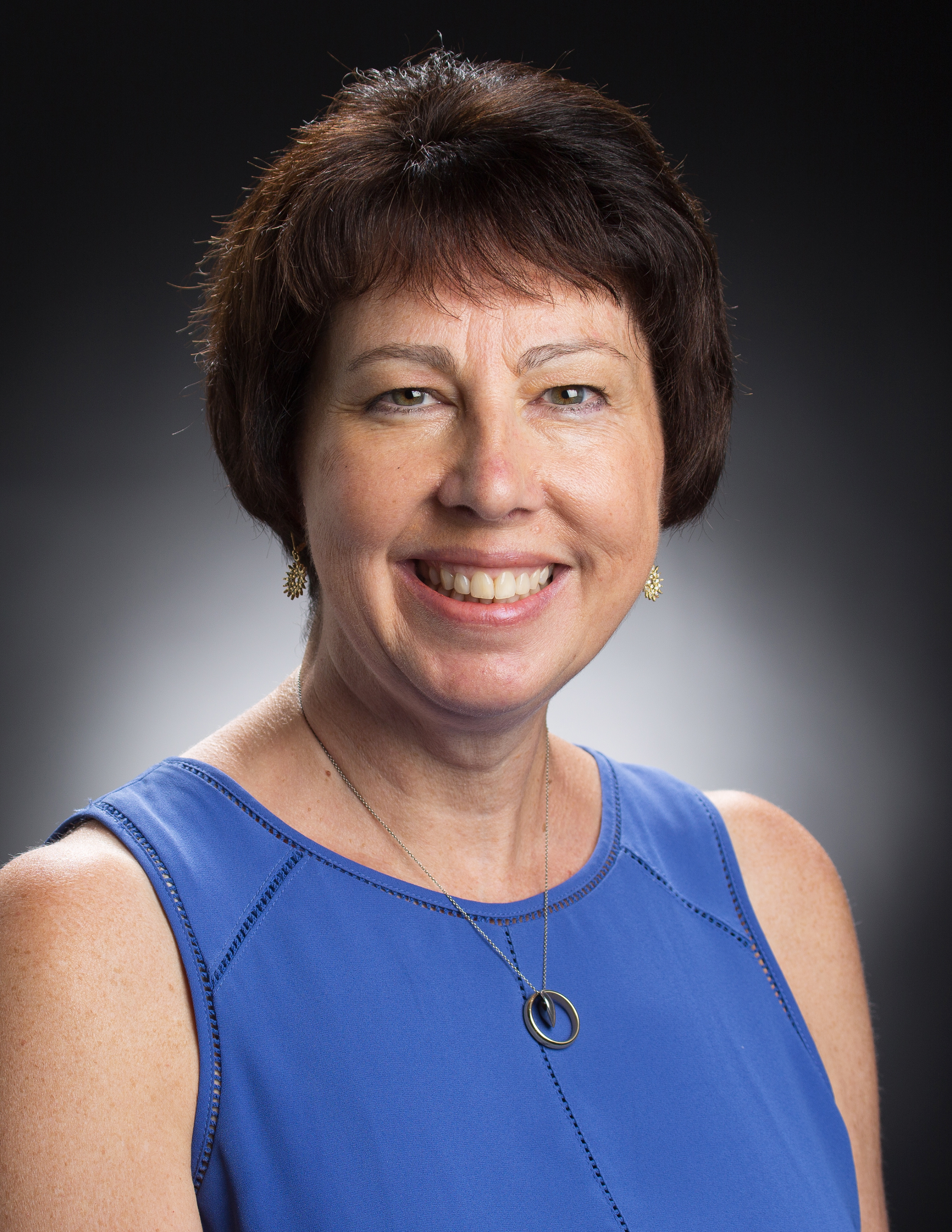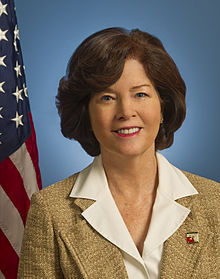
The planet Mars has been explored remotely by spacecraft. Probes sent from Earth, beginning in the late 20th century, have yielded a large increase in knowledge about the Martian system, focused primarily on understanding its geology and habitability potential. Engineering interplanetary journeys is complicated and the exploration of Mars has experienced a high failure rate, especially the early attempts. Roughly sixty percent of all spacecraft destined for Mars failed before completing their missions and some failed before their observations could begin. Some missions have been met with unexpected success, such as the twin Mars Exploration Rovers, Spirit and Opportunity, which operated for years beyond their specification.

John Mace Grunsfeld is an American physicist and a former NASA astronaut. He is a veteran of five Space Shuttle flights and has served as NASA Chief Scientist. His academic background includes research in high energy astrophysics, cosmic ray physics and the emerging field of exoplanet studies with specific interest in future astronomical instrumentation. After retiring from NASA in 2009, he served as the deputy director of the Space Telescope Science Institute in Baltimore, Maryland. In January 2012, he returned to NASA and served as associate administrator of NASA's Science Mission Directorate (SMD). Grunsfeld announced his retirement from NASA in April 2016.
The Lunar Precursor Robotic Program (LPRP) is a NASA program that uses robotic spacecraft to prepare for future crewed missions to the Moon. The program gathers data such as lunar radiation, surface imaging, areas of scientific interest, temperature and lighting conditions, and potential resource identification.

Orlando Figueroa, previously the NASA Mars Czar Director for Mars Exploration and the Director for the Solar System Division in the Office of Space Science at NASA Headquarters and the Deputy Center Director for Science and Technology of the Goddard Space Flight Center. He has since retired in 2010 from NASA.

Sol Alan Stern is an American engineer, planetary scientist and space tourist. He is the principal investigator of the New Horizons mission to Pluto and the Chief Scientist at Moon Express.

Chief Scientist is the most senior science position at the National Aeronautics and Space Administration (NASA). The chief scientist serves as the principal advisor to the NASA Administrator in science issues and as interface to the national and international science community, ensuring that NASA research programs are scientifically and technologically well founded and are appropriate for their intended applications.

The Space Exploration Initiative was a 1989–1993 space public policy initiative of the George H. W. Bush administration.
The Science Mission Directorate (SMD) of the National Aeronautics and Space Administration (NASA) engages the United States' science community, sponsors scientific research, and develops and deploys satellites and probes in collaboration with NASA's partners around the world to answer fundamental questions requiring the view from and into space.

The National Aeronautics and Space Administration is an independent agency of the U.S. federal government responsible for the civil space program, aeronautics research, and space research. Established in 1958, NASA succeeded the National Advisory Committee for Aeronautics (NACA) to give the U.S. space development effort a distinctly civilian orientation, emphasizing peaceful applications in space science. NASA has since led most American space exploration, including Project Mercury, Project Gemini, the 1968–1972 Apollo Moon landing missions, the Skylab space station, and the Space Shuttle. NASA currently supports the International Space Station and oversees the development of the Orion spacecraft and the Space Launch System for the crewed lunar Artemis program, the Commercial Crew spacecraft, and the planned Lunar Gateway space station.

Edward J. Weiler was the Associate Administrator for the Science Mission Directorate of the National Aeronautics and Space Administration until his retirement on September 30, 2011.

NASA's large strategic science missions or large strategic missions, formerly known as Flagship missions or Flagship-class missions, are the costliest and most capable NASA science spacecraft. Flagship missions exist within all four divisions of NASA's Science Mission Directorate (SMD): the astrophysics, Earth science, heliophysics and planetary science divisions.

James Lauer Green is an American physicist and retired chief scientist for NASA. He received his Ph.D. in Space Physics from the University of Iowa in 1979 and then worked at NASA until his retirement on 1 January 2022.

Laurie Leshin is an American scientist and academic administrator serving as the 10th Director of the NASA Jet Propulsion Laboratory and as Vice President and Bren Professor of Geochemistry and Planetary Science at California Institute of Technology. Leshin's research has focused on geochemistry and space science. Leshin previously served as the 16th president of Worcester Polytechnic Institute.

Sandra Cauffman is a Costa Rican-American specialist in electrical engineering and physics. She is known for her work at NASA in different projects. Her profile has been highlighted by UN Women for being a positive example for women, especially, youth and children. Cauffman worked for 25 years at the NASA Goddard Space Flight Center in Greenbelt, MD in missions such as the mission to Mars MAVEN, and Geostationary Operational Environmental Satellite GOES-R. She is currently the Deputy Director of the Astrophysics Division within the Science Mission Directorate at NASA Headquarters in Washington, D.C. She served as the Deputy Director for the Earth Science Division from May 2016 - October 2021. She served as Acting Director in the Earth Science Division from February 2019 to June 2020. Cauffman started as a contractor with NASA on February 1, 1988, and became a NASA employee February 11, 1991. Cauffman is the first Costa Rican woman to lead a Mars-related mission.

Christina "Chrissy" Richey is an American planetary scientist and astrophysicist working at Jet Propulsion Laboratory in La Cañada Flintridge, California. Richey is a project staff scientist for the Europa Clipper mission and is a research technologist in the Astrophysics and Space Sciences Section. Prior to working at JPL, Richey worked as contractor for Arctic Slope Regional Corporation at NASA Headquarters in Washington, D.C. They were a program officer in NASA's Planetary Science Division, the deputy program scientist for the OSIRIS-REx mission, and the deputy science advisor for research and analysis for the Science Mission Directorate.

The Planetary Missions Program Office is a division of NASA headquartered at the Marshall Space Flight Center, formed by the agency's Science Mission Directorate (SMD). Succeeding the Discovery and New Frontiers Program Office, it was established in 2014 to manage the Discovery and New Frontiers programs of low and medium-cost missions by third-party institutions, and the Solar System Exploration program of NASA-led missions that focus on prioritized planetary science objectives. The Discovery and New Frontiers programs were established in 1992 and 2001 respectively, and have launched fourteen primary missions together, along with two missions launched under the administration of the Planetary Missions Program Office. The Solar System Exploration Program was established alongside the office, with three missions planned for launch under the new program.

Nicola J. Fox is the Associate Administrator for NASA's Science Mission Directorate. Appointed to the position in February 2023, she is therefore NASA's head of science. She was previously the Director of NASA's Heliophysics Science Division. Fox was the lead scientist for the Parker Solar Probe, and served as the Science and Operations Coordinator for the International Solar-Terrestrial Physics Science Initiative.
Wanda Peters is an American administrator at the National Aeronautics and Space Administration (NASA) and a member of the Senior Executive Service of the United States of America. She is currently the Deputy Associate Administrator for Programs in the Science Mission Directorate.














